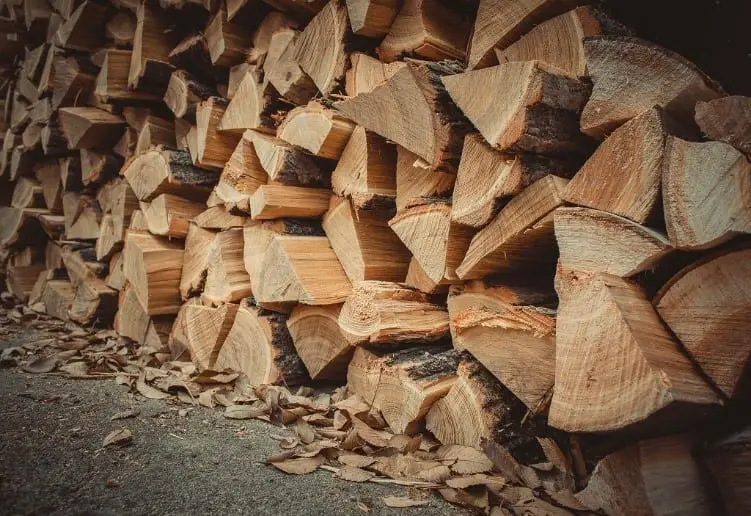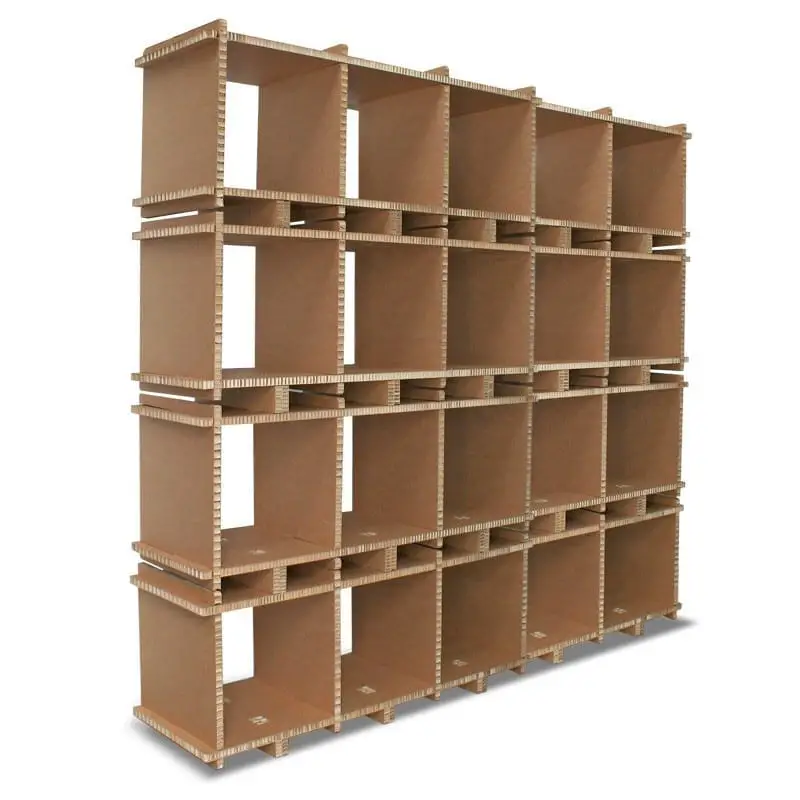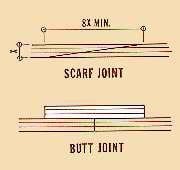If you own a big house and have fences all around your garden, you must be worried about how to protect wood posts in ground? If you rear chickens and have created a fence for them using chicken wire with wooden posts in the corner, you might be worried too. The wood which is underground might show signs of rotting.
The moisture in the soil impacts the wooden posts which are dug into the ground. Since wood is a bio-degradable material and is extracted from trees, this happens to everyone. Once the wooden post is rotten, the only option you are left with is to throw it away and fit in a new post. However, if you take precautionary measures and protect the wooden posts in the ground before they start rotting, you can save a lot of money and effort.
These preventive measures will increase the life of your wooden post by many years. Just ensure that in the first place you use a good quality hardwood post that you are planning to sink into the soil.
A step-by-step guide- how to protect wood posts in ground
Step 1- Selecting the right wood for the post
Southern yellow pine is a good option for making a post that you are planning to sink in the ground. It absorbs industrial chemicals very well. Other varieties of wood absorb the chemicals only at the surface level. They are not very effective to be used as a base material for a post that will be dug into the soil. Black locust is another option. It is a hardwood, and might not be as good as southern yellow pine, but does the work adequately.
Even Eastern white cedar is another option you can think of in case you are unable to find southern yellow pine. All these types of wood are easily available in your local hardware store or lumberyard. White cedar and black locust are particularly useful in an area that has a lot of growth of fungi.
Fungi grow in swampy and humid environments, and if you live in such an area, these two will be your best bet. White cedar looks great and has a long life. It is ideal for fencing around your gardens. It is more expensive than yellow pine, but it will be a good idea to spend that extra money initially, than changing all your posts periodically.

Step 1- Selecting the right wood for the post- Continued
However, if you live in a dry and arid environment, then you can go ahead with southern yellow pine. Cypress or redwoods are excellent choices for the lumber for the posts which you are going to dig into the ground. They naturally resist moisture, and once treated, they will last for years.
Cypress can be used even for wooden boxes and bigger enclosures made of wood which will be kept outside. If you have designed a gazebo for your children to play with, this is the perfect wood for that. The color consistency and density of cypress make it a superior quality wood to many others. It is hard and has a lesser number of knots compared to many other varieties of wood.
Do not use woods like Douglas fir and lodge-pole pine which are tough to treat with chemicals. The rot causing moisture and bacteria easily enter these wood types. Only professionals can treat these woods in factories and since you are planning to treat them at home, that won’t be possible.
These species of fir contain sapwood which already has a high level of water content. Hence, they are more prone to rotting and need to be steamed and chemically treated only by professionals.

Step 2- Look for the pressure-treated mark
Once you have selected the right lumber for your project, the next thing you need to check is the wood has been pressure-treated. The wood that is not pressure treated will have the wood particles loosely lying next to each other and bacteria, fungi and other microbes can easily attack them. There will be a paper sticker at the end of the wood which will say International Code Commission (ICC). That means the wood has been rightly treated.
If the sticker says American Wood Protection Association (AWPA), that means it has followed all the specifications needed to treat the wood in the US. In Canada, it will show the mark for Canadian Standards Association.
Look for the 4A or 4B rating tag on the sticker attached to the log. UC 4A or UC 4B label is meant for woods that are treated by the AWPA. This tag is an assurance that the wood is meant to be used for underground projects and it will not rot easily.

Step 3- Treatment for untreated wood
If you have bought untreated wood, then you will have to first treat it before starting your DIY project. Buy a wood treatment solution that contains copper naphthenate and use 1/2 liter of the solution in a bucket. Soak the post which you will sink below-ground for about 15-20 minutes. Ensure that at least 1 foot of the post is immersed in the solution.
If you bought treated pieces but need to cut these treated pieces to get the right size for your post, then you will need to retreat the cut portion again. Using copper-naphthenate preservative as mentioned above, you need to retreat the portions which have been cut.

Step 4- Set the post in concrete
If you want longer life for your wooden post which you might be using for your fence or erecting a mailbox, this is an easy solution for you. You can think about setting it in concrete before sinking it in soil. First, dig a hole of about one-third the size of your post using a post-hole digger or shovel.

Step 5- Fill in gravel and cement
Fill in the hole with three to four scoops of gravel and hit it with the pole to ensure the loose gravels set into each other. Then use a cement mixer and put in three to four scoops of cement mix. Add a cup of water and click the ‘’on’’ switch. The cement mixer will create a smooth paste. If you are using a wheelbarrow and shovel to create the mix manually, you will have to create a lump-free cement mix yourself.

Step 6- Place the post in the hole
Place the treated side of the post in the hole so that it can set into the gravel. Ask your children to hold the post while you fill the hole with cement. Tap the cement mixture with the back of your shovel to ensure the cement sets in without any air bubbles. Use a trowel and smooth off the top of the wet cement. Allow the cement to set in and ask your children to keep holding the post until the cement dries up at least partially.

Conclusion
Now you have learnt how to protect wood posts in ground, just go ahead and do it. This DIY project might not be a fun project and you are not creating a new item, however, you still can include your children in it. You can take the children to the lumberyard and give them the task to find the right kind of wood for the posts in the fence. Enjoy your fence after you complete the project for years to come.








